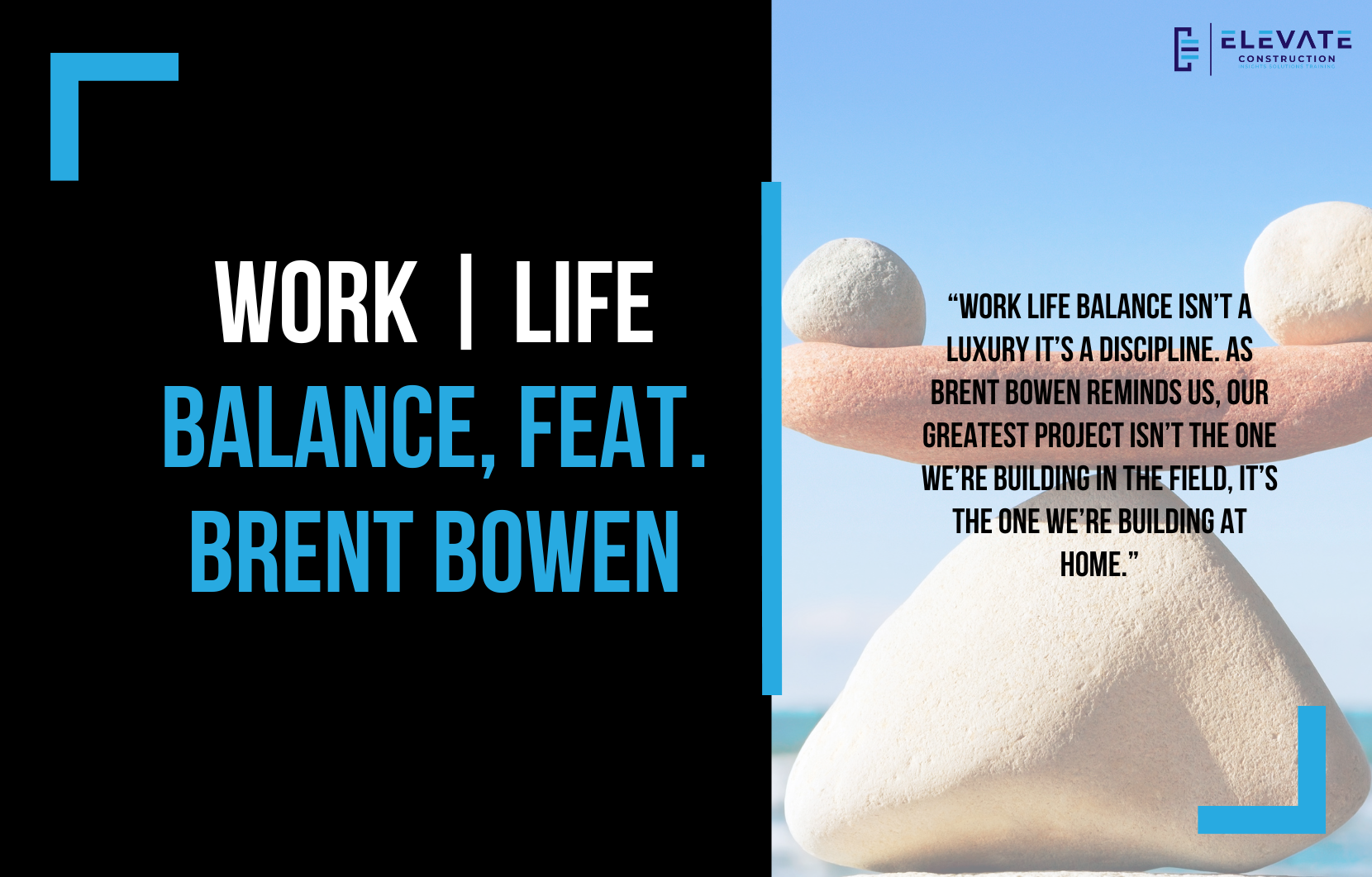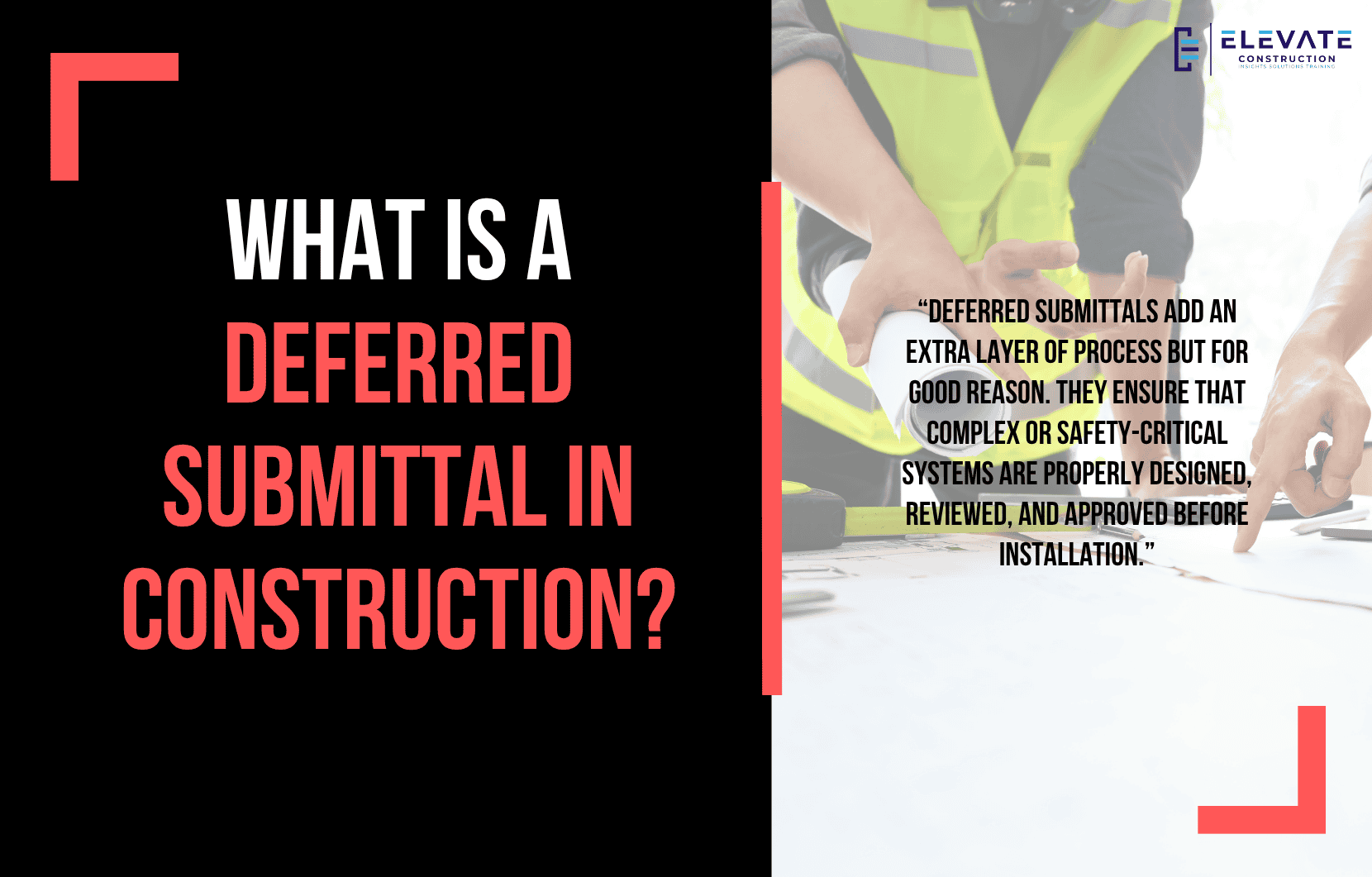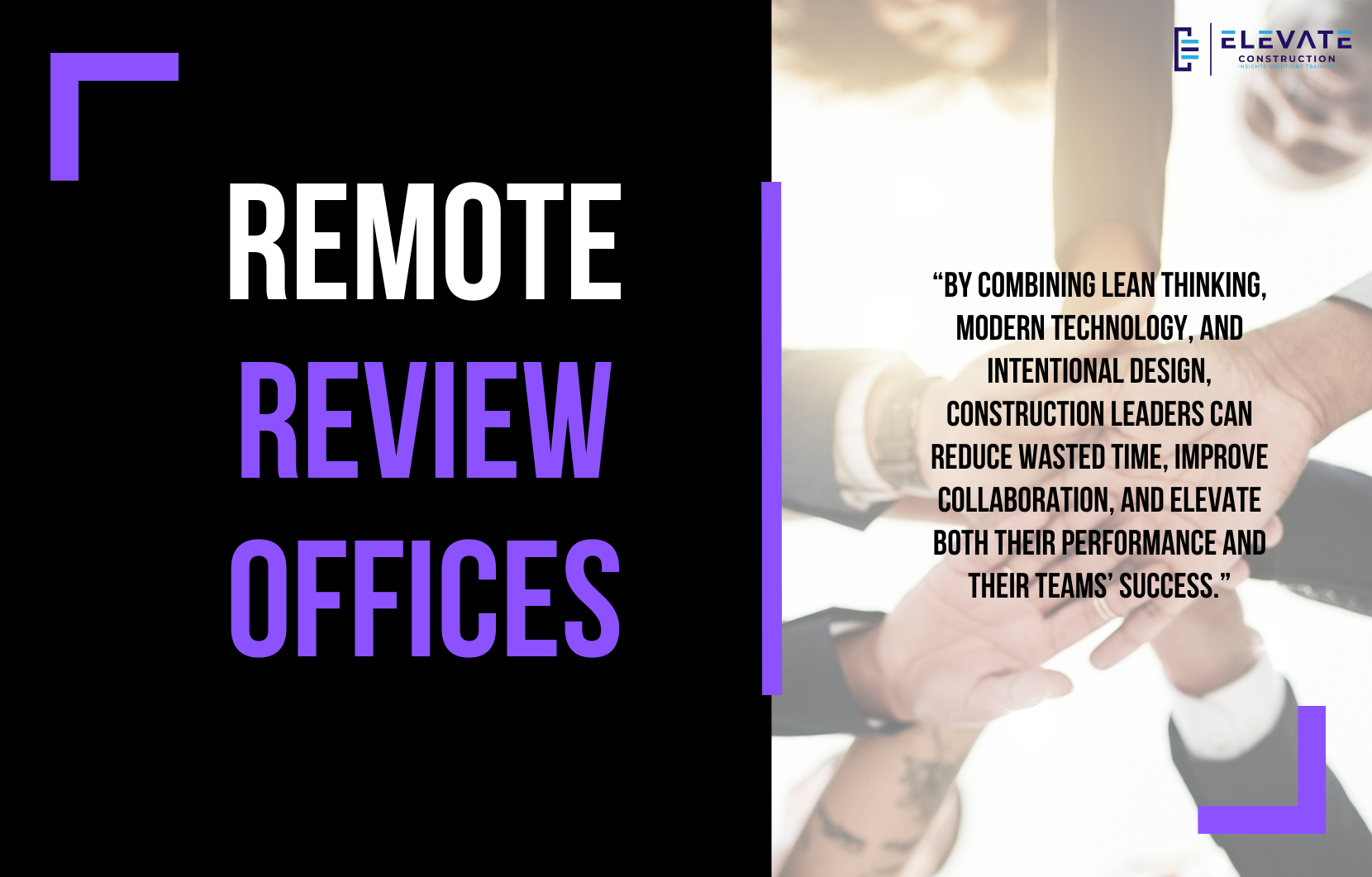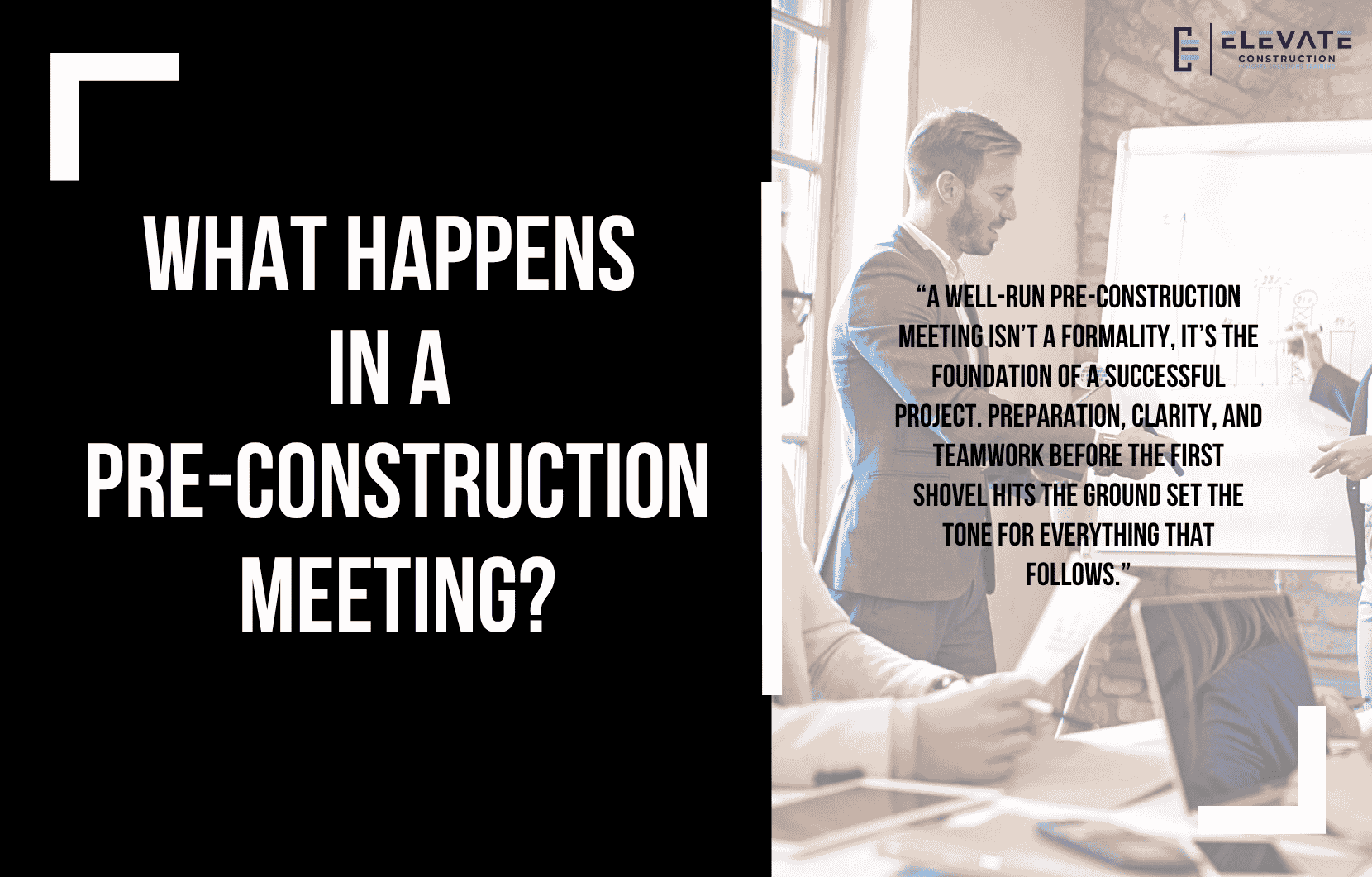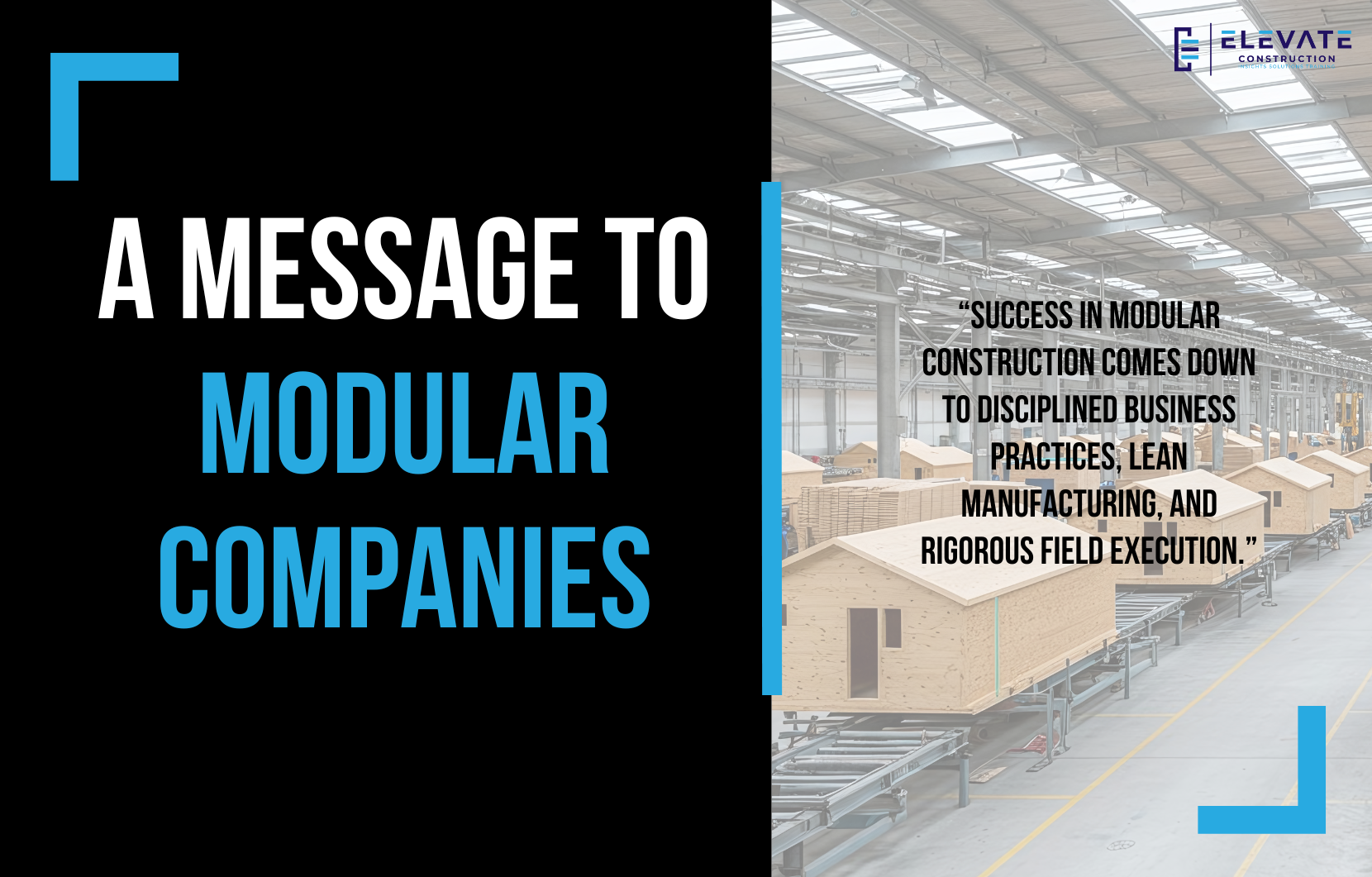Who Approves Construction Plans? Here’s a Simple Breakdown
Ever wondered who’s actually responsible for approving construction plans before a project begins? In this blog, I’ll give you a quick and simple breakdown so you can clearly understand the process from start to finish.
Authority Having Jurisdiction (AHJ)
The main entity that approves construction plans is called the Authority Having Jurisdiction, or AHJ. This is typically your city or county, though sometimes it can be state or even federal especially when dealing with large government or military projects.
The AHJ enforces the building codes in its area and ensures your plans comply with those local regulations. So, whether your project is residential, commercial, or industrial, you’ll need their approval before breaking ground unless your project falls under one of the rare exemption cases.
The Approval Process
Once your drawings are ready, they must be reviewed and permitted by the AHJ. After approval, your project falls under the supervision of local inspectors. They’ll ensure the work follows the permitted plans, and eventually, they’ll issue a temporary certificate of occupancy and later a full certificate of occupancy once everything passes inspection.
Construction Drawings
The design team, together with the engineers, owner, and construction manager, prepares multiple sets of construction drawings. Ideally, trade partners are involved early on to ensure coordination and accuracy. Once finalized, these drawings are submitted to the city for review. After approval, you’re off to the races!
Deferred Submittals
Sometimes, not all parts of the design are complete when the main permit is submitted. In such cases, a deferred submittal process is used. Here’s how it works:
- The designer, owner, and general contractor coordinate the remaining portions of the design.
- A trade partner completes the engineering and detailed drawings.
- The final documents are then submitted to the city for review and approval.
Once approved, work can proceed on those deferred items.
Regular Submittals
Regular submittals are for materials, assemblies, or equipment already approved under the main building permit. However, details such as product type, dimensions, installation data, and assembly specifications must still be reviewed.
The trade partner and general contractor review these before sending them to the design team. Once the architect or engineer signs off, the materials can be ordered and installed.
Final Thoughts
So, who approves construction plans? It all comes down to the Authority Having Jurisdiction (AHJ), the governing body responsible for ensuring your project meets all local building codes. Understanding this process helps you plan ahead, avoid costly delays, and keep your project running smoothly.
Key Takeaway
Every successful construction project starts with AHJ approval. Knowing how and when to navigate the permitting and submittal processes can save time, money, and unnecessary stress.
If you want to learn more we have:
-Takt Virtual Training: (Click here)
-Check out our Youtube channel for more info: (Click here)
-Listen to the Elevate Construction podcast: (Click here)
-Check out our training programs and certifications: (Click here)
-The Takt Book: (Click here)
Discover Jason’s Expertise:
Meet Jason Schroeder, the driving force behind Elevate Construction IST. As the company’s owner and principal consultant, he’s dedicated to taking construction to new heights. With a wealth of industry experience, he’s crafted the Field Engineer Boot Camp and Superintendent Boot Camp – intensive training programs engineered to cultivate top-tier leaders capable of steering their teams towards success. Jason’s vision? To expand his training initiatives across the nation, empowering construction firms to soar to unprecedented levels of excellence.
On we go




